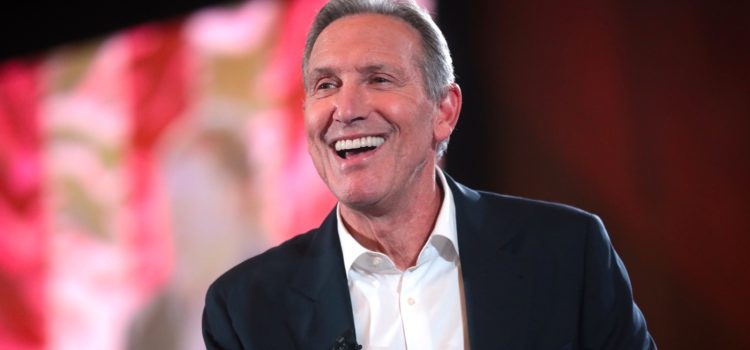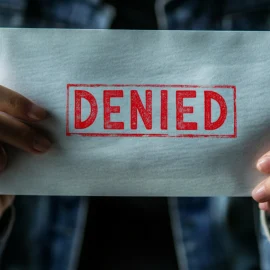

This article is an excerpt from the Shortform book guide to "Onward" by Howard Schultz. Shortform has the world's best summaries and analyses of books you should be reading.
Like this article? Sign up for a free trial here.
Why did Howard Schultz return to Starbucks in the mid-2000s? How did Schultz make a smooth transition back into the CEO role?
During a grave position at Starbucks, Schultz stepped in as CEO for the second time in 2008 to steer the company in a better direction. In his book Onward, he discusses his motivation for reprising his role as CEO and the leadership strategies he used to restore stakeholders’ trust in Starbucks.
Discover more about the process behind Schultz’s return to Starbucks.
How Schultz Reprised His Role as CEO
When he realized the struggles at Starbucks, Scultz wrote an email to company leaders explaining that he felt the decisions they’d made to increase profits had come at the expense of the company’s formerly outstanding customer experience. Someone leaked the email to the media, which resulted in intense scrutiny of Starbucks’ performance and culture. The email was also controversial internally, as Starbucks executives disagreed about how to handle the problem Schultz highlighted. However, Schultz says leadership eventually agreed with him.
(Shortform note: Starbucks’ history has been peppered with communications leaks: In addition to Schultz’s 2007 email to executives, which made investors anxious about Starbucks’ future, other emails that admonished employees to be friendlier to customers, detailed a downgrade in rewards program benefits, forbade employees from wearing Black Lives Matter apparel, and discouraged unionization were leaked, resulting in controversy for the company.)
Six months later, Schultz didn’t think the necessary changes were being made, so he talked to the board about taking charge as CEO. The board agreed, and he began making preparations to do so.
(Shortform note: Schultz’s determination to provide a better customer experience, and his willingness to take responsibility for this issue by returning as CEO, might qualify Schultz as a servant leader. According to businessman Robert K. Greenleaf (Servant Leadership), a servant leader is someone who takes the initiative to help others and prioritizes this goal over petty personal interests like profits or power.)
Strategic Leadership Helped Schultz Restore Trust in Starbucks
Schultz planned his return meticulously because he knew that every detail of the transition would impact stakeholders’ trust in the company (and in his ability to correct its course). In his first few months as CEO, he used two strategies to project a reassuring image to both internal and external stakeholders: strong communication and timely action.
Strong Communication
Schultz says that when he considered how to announce his return as CEO, he knew it would be important to communicate a reassuring message. He wanted stakeholders to understand that he was devoted to improving the company’s health and that they could trust him to accomplish that. If they didn’t trust him, employees might perform poorly at work, customers might lose interest in the company’s products, and investors might pull out and decrease the company’s value.
To project a reassuring image, Schultz strove to communicate transparently about his resumption of the CEO role. In both internal and external messages, he accepted responsibility for the company’s current failures and stated his intention to correct Starbucks’ course. He shared three turnaround strategies in every message: overhauling the company’s management, improving its financial standing, and enhancing its coffeehouse experience. (We’ll discuss each of these in more detail later in the guide.)
Schultz also quickly opened up communication with in-store employees to gain clearer insight into the problems and successes they were experiencing. He invited them to email him directly and made it a priority to respond to their emails, often with a phone call. He also began holding quarterly Partner Open Forums where leadership and employees could openly discuss any relevant issues they wanted. Finally, he started sending regular emails to all Starbucks employees, giving them insight into his ideas for the direction Starbucks would take going forward.
Timely Action
Schultz’s other strategy for reassuring stakeholders of his leadership acumen was to begin implementing changes right away. With the help of his support staff and a consulting company, he immediately started thinking of specific strategies that would help Starbucks turn its performance around and making changes that aligned with the turnaround strategies we highlighted earlier. Schultz and his team also organized a conference to inspire Starbucks executives to think critically about what made Starbucks uniquely valuable and culturally important.
To prove to stakeholders that monumental changes were underway, Schultz made a bold decision: He tackled one of Starbucks’ most pressing issues—employee underperformance—by closing every US store for an afternoon to retrain employees on how to make a proper espresso drink.
Schultz explains that customers were complaining Starbucks baristas were uninspired and poorly trained. Espresso drinks are finicky (even pouring speed affects their flavor), so it was integral for every employee to know the right technique and understand the importance of good customer service for Starbucks’ survival. The company lost money on this training, but Schultz felt it was worthwhile because it would restore customers’ trust and reassure investors that things were looking up.

———End of Preview———
Like what you just read? Read the rest of the world's best book summary and analysis of Howard Schultz's "Onward" at Shortform.
Here's what you'll find in our full Onward summary:
- Why Starbucks CEO Howard Schultz left and later returned to the company
- Schultz’s three-part strategy that saved Starbucks from potential ruin
- Why millions of people love Starbucks’ coffeehouse experience






